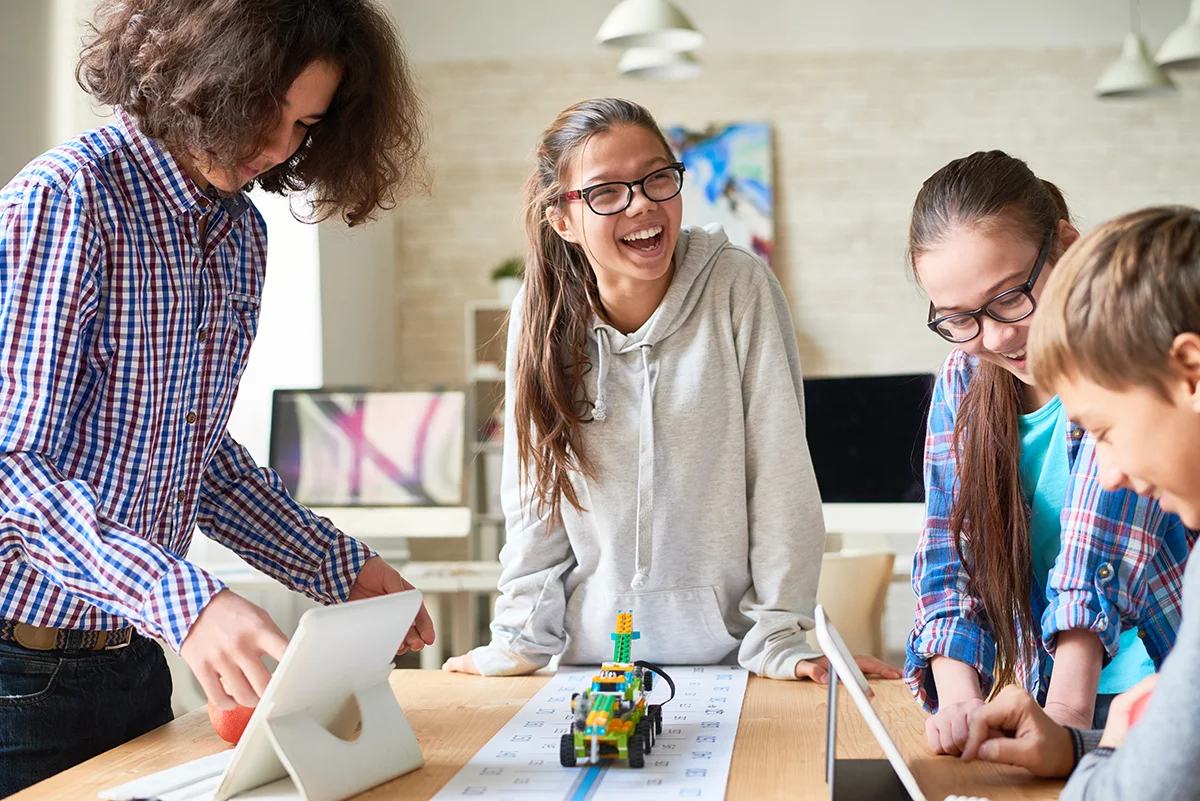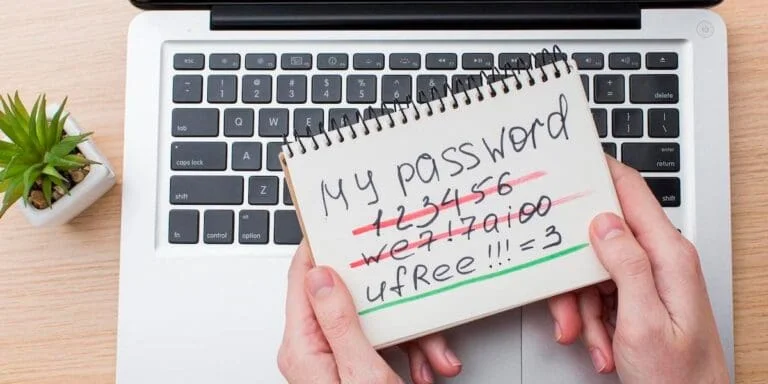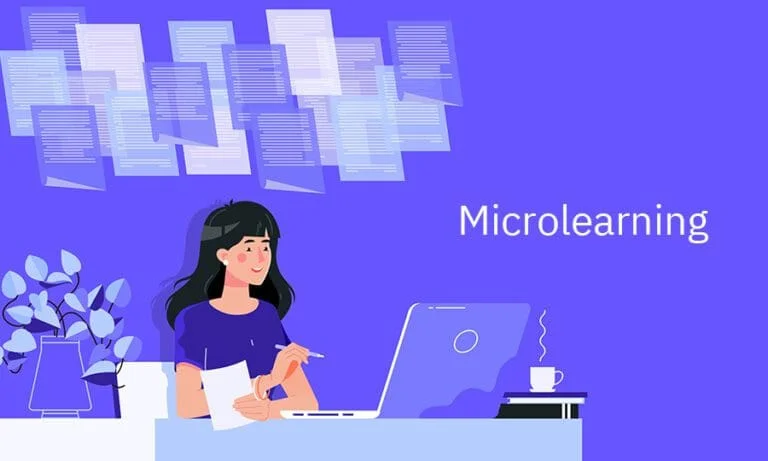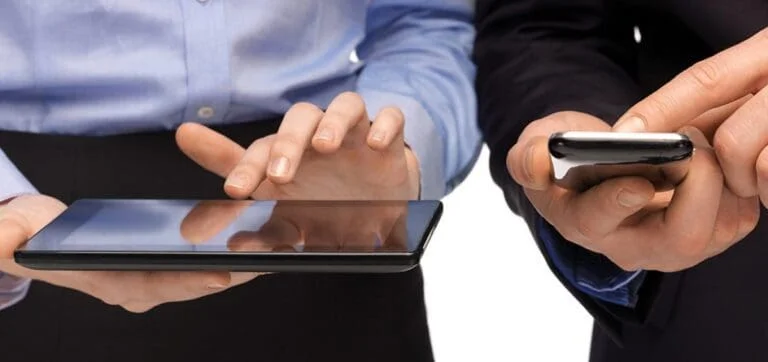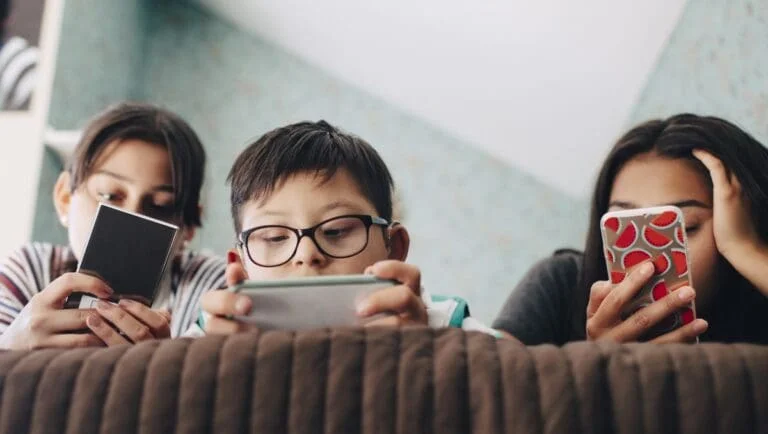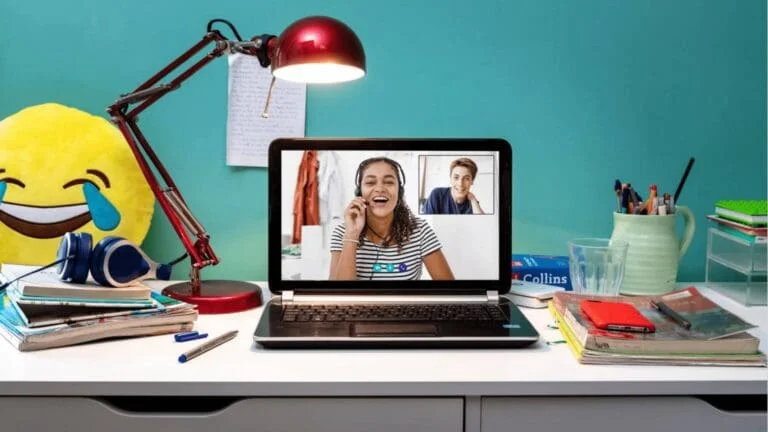Maker Education: Empowering Students with Hands-On Learning
If you’re interested in education, you’ve probably heard the term “Maker Education” before. But what is it, exactly? In short, Maker Education is an approach to learning that emphasizes hands-on, experiential learning. It’s a way of teaching that encourages students to explore, experiment, and create using a variety of tools and materials.
At its core, Maker Education is about empowering students to take an active role in their own learning. Rather than simply absorbing information, students are encouraged to engage with it, ask questions, experiment, and create. This approach has been shown to be highly effective, not only in terms of academic achievement but also in terms of developing important skills like critical thinking, problem-solving, and collaboration.
What is Maker Education?
If you’re unfamiliar with the term, Maker Education is an approach to learning that emphasizes hands-on, project-based learning. Rather than simply reading about a topic or listening to a lecture, Maker Education encourages students to actively engage with the material by creating something tangible.
Definition
Maker Education is fundamentally about approaches, mindsets, and community – not about stuff. According to Maker Ed, a leading organization in the field, the approach is less about the final product and more about what a student learns while making it. The focus is empowering students to develop solutions to problems rather than relying on pre-existing solutions.
Maker Education is project-based or problem-based learning. Students are given a challenge or problem to solve and work collaboratively to design and build a solution. The emphasis is on creativity, critical thinking, and collaboration. Maker Education is less about acquiring specific knowledge or skills and more about developing a mindset that values experimentation, iteration, and risk-taking.
History
The Maker Education movement is relatively new, but it has its roots in the Maker Movement, which began in the early 2000s. The Maker Movement was a response to the growing sense that technology was becoming too abstract and inaccessible. Makers sought to reclaim technology by building their own devices and tools and by sharing their knowledge and expertise with others.
Maker Education emerged as an extension of the Maker Movement, with the goal of bringing the values and practices of the Maker Movement into the classroom. Maker Education is now seen as a way to engage students who might not be interested in traditional academic subjects and to provide them with the skills and mindset they need to thrive in the 21st century.
Why Maker Education is Used
Maker education is used for a variety of reasons, including:
- Encouraging creativity and innovation
- Promoting problem-solving and critical-thinking skills
- Fostering collaboration and teamwork
- Teaching practical skills that can be applied in the real world
- Increasing student engagement and motivation
Maker education allows students to take an active role in their learning process, which can lead to increased retention and understanding of the subject matter. By engaging in hands-on activities, students are more likely to remember what they have learned and apply it in new and creative ways.
Furthermore, maker education can help prepare students for the job market by teaching them practical skills that are in high demand. According to Maker Ed, “The skills and dispositions that are developed through maker education are increasingly recognized as essential for success in the 21st-century workforce.”
In addition, maker education can help level the playing field for students who may not excel in traditional academic settings. By providing opportunities for students to demonstrate their skills and knowledge hands-on, maker education can help students who may struggle with traditional classroom learning shine.
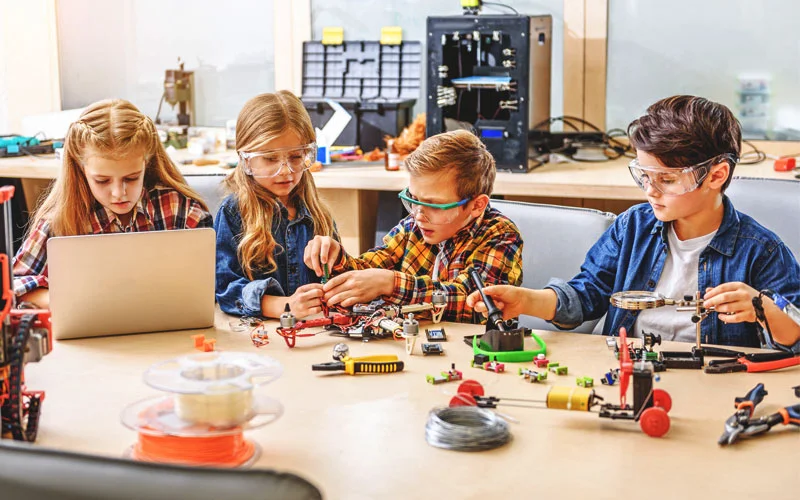
What are Examples of Maker Education?
If you’re new to maker education, you may be wondering what kind of projects fall under this category. The good news is that there are endless possibilities when it comes to maker education, and the only limit is your creativity. Here are a few examples of maker education projects:
- Robotics: Building and programming robots is a popular project in maker education. Students can start with simple robots and work their way up to more complex designs.
- 3D Printing: Another popular project is using a 3D printer to create objects. Students can design their own objects using software and then print them out.
- Electronics: Maker education often involves learning about electronics and how to build circuits. Students can create their own electronic devices or modify existing ones.
- Woodworking: Maker education can also include traditional woodworking skills. Students can learn to use hand and power tools to create furniture, toys, and other objects.
Here are a few examples of Maker Education Labs:
- MakerEd: MakerEd is a non-profit organization that provides resources and training for educators to bring maker education into their classrooms. They offer a variety of resources, including lesson plans, webinars, and professional development opportunities. Check them out here: https://makered.org/
- FabLab: FabLab is a network of open-access, high-tech workshops where students and community members can design, prototype, and create their own projects. FabLab provides access to cutting-edge tools like 3D printers, laser cutters, and CNC machines. Find a FabLab near you: https://www.fablabs.io/
- Tinkercad: Tinkercad is a free online 3D design, electronics, and coding tool. It’s designed for students and beginners, making it easy to create and prototype designs. Try Tinkercad here: https://www.tinkercad.com/
- Scratch: Scratch is a programming language and online community where students can create interactive stories, games, and animations. It’s designed for ages 8-16, but anyone can use it to learn coding concepts. Start coding with Scratch here: https://scratch.mit.edu/
- Makey Makey: Makey Makey is an invention kit that turns everyday objects into touchpads and combines them with the internet. It’s a great way to introduce students to electronics and coding. Learn more about Makey Makey here: https://makeymakey.com/
These are just a few examples of the many projects that fall under the umbrella of maker education. The key is encouraging creativity and exploration and providing students with the tools and resources to bring their ideas to life.
What is Maker Pedagogy?
If you’re interested in maker education, you’ve likely heard the term “maker pedagogy” before. But what exactly does it mean? Essentially, maker pedagogy is an approach to teaching and learning that emphasizes hands-on, experiential learning through making. It’s less about lectures and textbooks and more about exploring and creating.
Maker pedagogy is rooted in constructivism, a learning theory that suggests people learn best when they actively construct their own knowledge and meaning from their experiences. In a maker classroom, this means students are encouraged to explore, experiment, and take risks as they work on projects that are personally meaningful to them.
One of the key principles of maker pedagogy is that failure is an important part of the learning process. Students who work on open-ended projects will likely encounter challenges and setbacks. But rather than being discouraged, they’re encouraged to learn from their mistakes and keep iterating until they arrive at a solution that works.
Another important aspect of maker pedagogy is that it values the process of making as much as (if not more than) the final product. In other words, it’s not just about what students create but how they create it. Maker education emphasizes the development of skills like critical thinking, problem-solving, collaboration, and creativity, which are all essential for success in the 21st century.
Why is Maker Education Important?
If you’re wondering why maker education has become such a buzzword in recent years, it’s because of the many benefits it offers students. By providing hands-on, experiential learning opportunities, maker education can help students develop important skills that they can use throughout their lives.
Benefits
One of the key benefits of maker education is that it promotes creativity and innovation. When students are free to explore their interests and ideas, they are more likely to come up with unique solutions to problems. Maker education also encourages collaboration and teamwork as students work together to design and build projects.
Maker education can also help students develop critical thinking and problem-solving skills. By engaging in the design process, students learn how to identify problems and come up with solutions. They also learn how to test and refine their ideas, which can help them become more resilient when faced with challenges.
Impact on Learning
Maker education can have a profound impact on how students learn. Maker education can help students remember what they’ve learned by providing hands-on, experiential learning opportunities. This is because when students are engaged in making, they are more likely to be invested in learning.
Maker education can also help students develop a growth mindset. When students engage in the design process, they learn that failure is a natural part of the learning process. They learn that it’s okay to make mistakes and that mistakes can be opportunities for learning and growth.
In addition, maker education can help students develop a sense of agency and empowerment. By giving students the tools and resources they need to design and build their own projects, maker education can help them feel more in control of their learning.
What is the process of Maker Education?
Maker Education is a hands-on, project-based learning approach that encourages students to create, design, and build. The process of Maker Education can be broken down into several steps:
- Identify a problem or challenge: In Maker Education, students are presented with real-world problems or challenges that require creative solutions.
- Brainstorm and design: Once a problem has been identified, students work in teams or individually to brainstorm and design potential solutions. This step involves critical thinking, collaboration, and creativity.
- Build and prototype: After a solution has been designed, students begin building and prototyping their ideas. This step involves using various tools and materials to represent their solution physically.
- Test and refine: Once a prototype has been built, students test and refine their solution. This step involves evaluating the solution’s effectiveness and making necessary improvements.
- Showcase and share: Finally, students showcase and share their solutions with others. This step involves presenting their work to their peers, teachers, and potentially even the wider community.
The process of Maker Education is iterative, meaning that students may need to repeat some or all of these steps multiple times before arriving at a final solution. Maker Education is not about getting it right the first time but rather about learning from failure and using that knowledge to improve.
Maker Education is not just about the end product but also about the process of learning. Through Maker Education, students develop a range of skills, including critical thinking, problem-solving, creativity, and collaboration. Maker Education encourages students to take risks, learn from failure, and develop a growth mindset.
How to Implement Maker Education?
If you’re interested in implementing maker education in your classroom, there are a few key factors to consider. Here are some steps to help guide you:
Curriculum Design
When designing your curriculum for maker education, it’s important to ensure that it aligns with your school’s mission and goals. You should also consider how you can integrate maker-based activities into your existing lesson plans. Look for project ideas that seamlessly integrate “making” into the curriculum and provide engaging educational experiences that bring out the best in your students.
Consider using a three-part rubric to guide students through their projects’ process, understanding, and product. This can help keep them on track and ensure that they are meeting the learning objectives.
Tools and Materials
One of the key aspects of maker education is providing students with access to the tools and materials they need to bring their ideas to life. This can include everything from 3D printers and laser cutters to simple crafting supplies like glue and scissors.
Consider reaching out to local maker spaces or community organizations to see if they have any resources or partnerships available. You can also look for grants or funding opportunities to help support your program.
Assessment
Assessment is an important part of any educational program, and maker education is no exception. When assessing your students’ projects, it’s important to focus on the process as well as the final product. Look for evidence of problem-solving, tenacity, perseverance, determination, and the technical skills they have developed.
Consider using a rubric or checklist to help guide your assessment process. You can also involve your students in the assessment process by having them reflect on their own work and provide feedback to their peers.
Challenges and Solutions
Maker education has become increasingly popular in recent years, but it is not without its challenges. This section will discuss some of the most pressing challenges facing maker education today and explore potential solutions.
Access and Equity
One of maker education’s biggest challenges is ensuring all students have equal access to maker spaces and tools. Unfortunately, not all schools have the resources to create robust maker programs, and some students may not have access to maker spaces outside of school.
To address this challenge, schools and communities can work together to create partnerships and funding opportunities to support maker education. Additionally, organizations can work to provide access to maker spaces and tools in underserved communities.
Teacher Training
Another challenge facing maker education is ensuring that teachers have the training and support they need to integrate maker education into their classrooms effectively. Many teachers may not have experience with maker education or may not feel comfortable with the technology and tools involved.
To address this challenge, schools and districts can provide professional development opportunities for teachers to learn about maker education and gain hands-on experience with maker spaces and tools. Additionally, schools can create mentorship programs where experienced maker educators can guide and support new teachers.
Funding
Finally, funding is a major challenge facing maker education. Creating and maintaining a maker space can be expensive, and many schools and districts may not have the resources to invest in maker education.
To address this challenge, schools, and districts can seek out grants and partnerships with local businesses and organizations to support maker education. Additionally, schools can explore creative funding options, such as crowdfunding campaigns or partnerships with other schools or districts.
Examples of Maker Education in Action
Schools
Maker education is becoming increasingly popular in schools across the country. Many schools have created maker spaces, where students can engage in hands-on learning activities and explore their interests. For example, Albemarle County Public Schools in Virginia has a maker education program that fosters student autonomy, ignites student interest, and empowers students to embrace their own learning. Students in the program have created everything from 3D-printed prosthetic hands to electric cars.
Other schools have integrated maker education into their curriculum. For instance, the Marymount School of New York has a STEAM program that incorporates maker education into science, technology, engineering, art, and math classes. Students in the program have built robots, designed video games, and created stop-motion animations.
Libraries
Libraries are also embracing maker education. Many libraries have maker spaces where patrons can learn new skills and create projects. For example, the Chicago Public Library has a maker’s lab with 3D printers, laser cutters, and other tools. The lab offers workshops on topics such as electronics, sewing, and woodworking.
In addition to maker spaces, libraries are also hosting maker events. For example, the New York Public Library hosts an annual Maker Day where patrons can participate in hands-on activities such as soldering, paper circuitry, and 3D printing.
Community Centers
Maker education is not limited to schools and libraries. Community centers are also getting involved. For instance, the Boys & Girls Clubs of America’s maker program teaches kids how to use tools and materials to create projects. The program focuses on STEAM subjects and encourages kids to explore their interests.
Other community centers have partnered with local maker spaces to offer maker education programs. For example, the Santa Monica Public Library has partnered with a local maker space to offer workshops on topics such as Arduino programming and 3D printing.
Conclusion
In conclusion, Maker Education is a powerful approach to learning that empowers students to become creators, innovators, and problem-solvers. By providing hands-on learning experiences, maker education fosters critical thinking, creativity, and collaboration skills that are essential for success in the 21st century. As educators, it’s our responsibility to prepare students for the future by equipping them with the skills and mindset they need to thrive. Maker education is a step in the right direction, and it’s time to embrace it as a valuable tool in our educational toolbox. Let’s give our students the opportunity to learn by making and inspiring them to become the makers and innovators of tomorrow.

